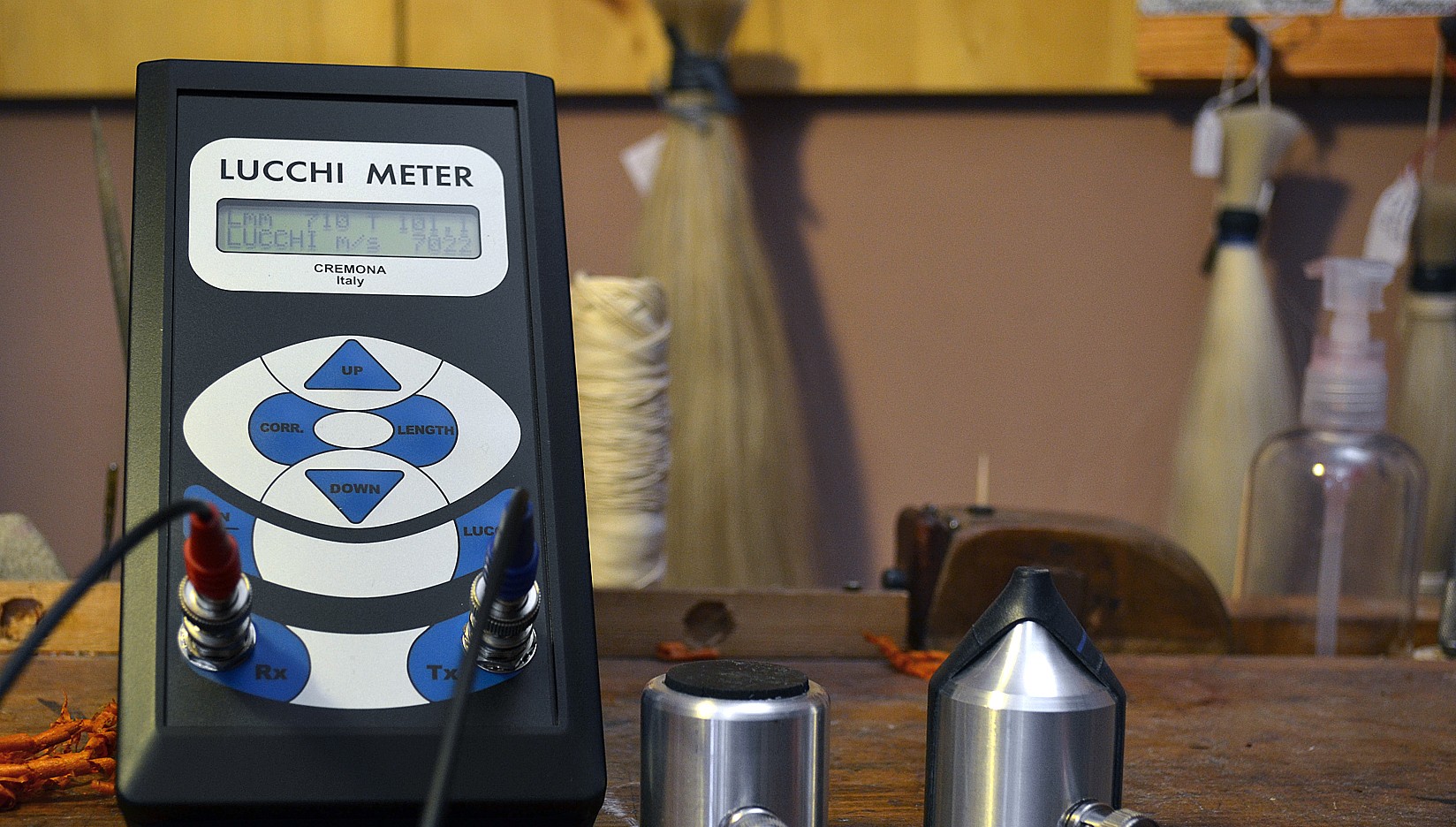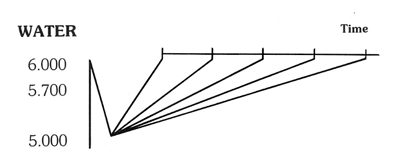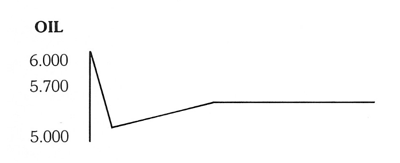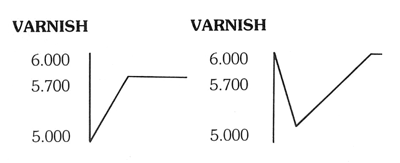The ultrasonics may be used also to check how varnishes, oils, artificial oxidation etc. may affect the wood.
For instance, if a wood has a velocity of 6000 m/s when completely wet, it may decrease to 5000 m/s. As time passes and it dries out completely, it will come back to its original values. (Figure 29)
|
|
If the same wood became wet with oil, it would be permanently damaged and the manufactured instrument would be destroyed forever. (Figure 30)
|
|
The varnishes applied are very important because only some of them do not damage the wood. Others that contain oil may destroy the fiber. The wood may also be destroyed by applying layers of varnish before the solvent has evaporated. (Figure 31)
|
|
Through the use of ultrasonics, information can be gained that will reveal any chemical treatments. Their long-term effects will determine working techniques for all instrument and bow makers.



